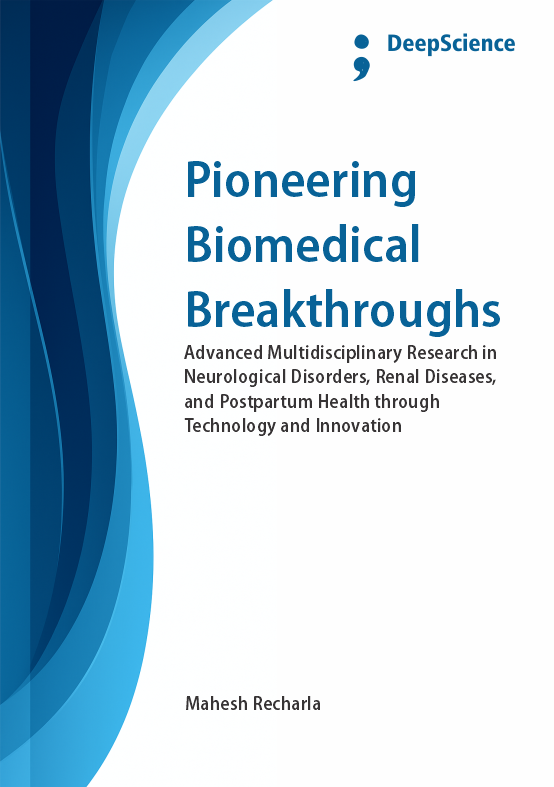The science of Alzheimer’s disease: Current research, therapies, and hope for the future
Synopsis
Alzheimer's Disease is a progressive neurodegenerative disorder that is the most common cause of cognitive impairment and dementia in older adults, with approximately 6 million people afflicted in the United States. Major risk factors include advanced age, male sex, family history, prior head trauma, and genetic factors that promote amyloid deposition. The clinical hallmarks are slow but progressive memory loss and loss of function for daily tasks, but secondary neuropsychiatric symptoms such as depression and apathy are present in the early stages and may precede memory loss. Characteristic changes in the cerebrospinal fluid that can aid in diagnosis are reduced amyloid-beta and increased total tau and phosphorylated tau. The histopathologic signatures of Alzheimer’s are neocortical and hippocampal amyloid plaque deposition and tau tangles involving the neocortex, affecting limbic regions initially in an aging-related manner, then progressing to more complete neocortical involvement. Other neurodegenerative but often overlooked pathologic changes regularly accompany Alzheimer’s, including tau tangles outside of the neocortex, which often correlates with adverse behavioral symptoms; TDP-43 proteinopathy; other non-AD tauopathies; and cerebrovascular disease, particularly small vessel disease changes of the white matter and lacunar infarcts.












